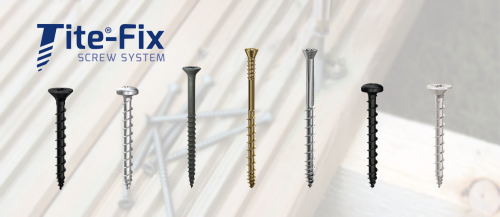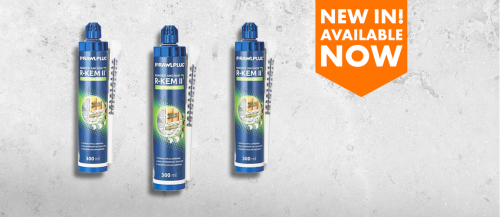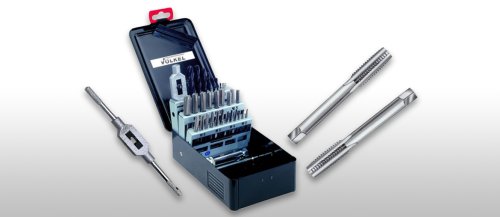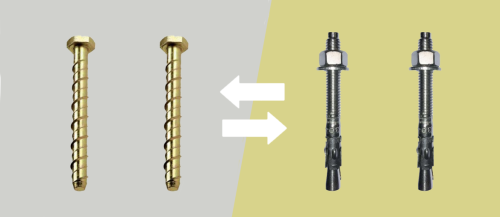This site uses cookies to help deliver its services and analyse traffic.
Precious Metals in Asteroids?
Metals have been mined for thousands of years, with the first most abundant metal being copper. Copper is used for a wide range of materials including vehicle parts, wiring, stainless steel products, and more. Nowadays, a substantial amount of metal is mined across the world, with 177 million tonnes of industrial metals being mined in 2021 alone. We know that the Earth’s crust contains a wealthy amount of minerals and metals, but what about space?
Evidently, space mining is a far-fetched concept and is something that will need a lot of investment, time, and commitment; however, as Earth’s metals become more in demand, space mining is an idea that many people are talking about.
Asteroids, also known as minor planets, are giant fragments of rock that have been left over from the formation of our solar system. There are currently 1,113,527 asteroids that orbit around the sun within the main asteroid belt, many of which contain materials that we want.
According to NASA, there are three main types of asteroids: C-, S-, and M- types, which have different compositions.
C-type (chondrite) – this is the most common type of asteroid. C-types are made up of clay and silicate rocks.
S-type (“stony”) – these asteroids are predominantly made up of silicate materials and nickel-iron.
M-type (metallic) – finally, M-type asteroids consist of a nickel-iron composition.
As you can see, asteroids are far much more than rock and air, in fact, they contain rare metals that might one day become scarce on Earth.
In 2017, NASA created a space mission called ‘Psyche’ to investigate an asteroid that orbits the Sun between Mars and Jupiter, also known as ’16 Psyche’. This asteroid was found in 1852 and is one of the first minor planet explorations that is made up of rich metals. NASA estimates that the size of 16 Psyche is around 64,000 square miles, containing mixed metals and silicate materials. Using radar observations, it is estimated that the asteroid contains between a 30-60% metal volume, which is far more than anything we have seen before.
The Psyche mission has 6 phases, with the launch in Phase D. Unfortunately, the launch date was missed earlier this year, and has been rescheduled to no earlier than 10th October 2023, when the Psyche spacecraft will be launched using solar-electric propulsion and Mars’ gravity to study the asteroid.
Although NASA’s main goal is to understand the formation of the asteroid, for others it raises a question about space mining. As the Psyche spacecraft is only going to orbit the asteroid, space mining won’t be an option until 2026 at the earliest, but it is something to think about. Additional researchers have found two other near-Earth asteroids that contain just as much metal, 1986 DA and 2016 ED85. These types of asteroids contain metals such as iron, nickel, and cobalt, at around 85% which will exceed Earth’s resources. The 1986 DA and 2016 ED85 are a lot closer to earth compared to 16 Psyche, which may open up new possibilities of space mining.
As space technologies advance and the Earth’s metals continue to be used up, will space mining be the future of our metal sourcing?
Latest from BS Fixings
Introducing Tite®-Fix at BS Fixings
BS Fixings is proud to introduce yet another brand to our lineup - Tite®-Fix! This brand offers a range of high-quality screws designed for various applications, from tongue & groove...
Continue readingNew In! Rawlplug’s R-KEM2 Polyester Styrene-Free Resin
We're pleased to share something special with you – the Rawlplug R-KEM2 Polyester Styrene-Free Resin 300ml has just landed at BS Fixings! This ingenious resin is designed for use in...
Continue readingIntroducing the Premier Volkel Range!
At BS Fixings, we are proud to stock a fantastic range of products from many well-known names in the DIY and construction market, and we’re excited to extend our catalogue...
Continue readingHow Do I Choose the Right Size Drill Bit for a Wall Plug?
In this blog, we’re going to tackle another common question we hear in our community – how do I choose the right size drill bit for a wall plug? Choosing...
Continue readingWhat’s the Difference Between an Anchor Bolt and a Through Bolt?
When it comes to securing anything from the lightest of fixtures to the heftiest of machinery, the importance of choosing the right bolt cannot be overlooked. It’s the kind of...
Continue readingWhat is the Difference Between Type 2 and Type 4 Wall Ties?
If you’re struggling to find the right wall tie for your construction project, you are not alone. Wall ties, essential for the structural integrity of buildings can often lead to...
Continue reading





